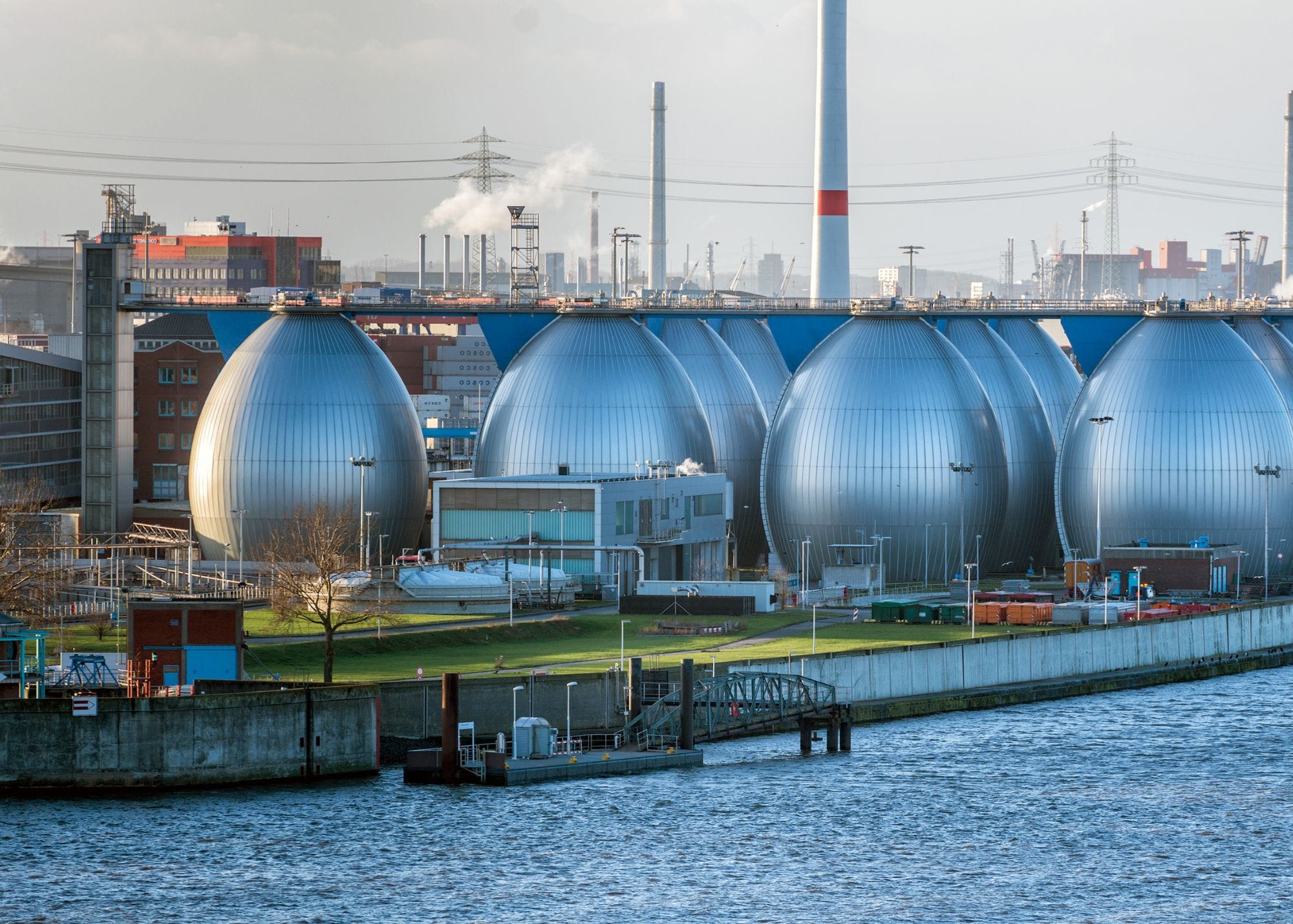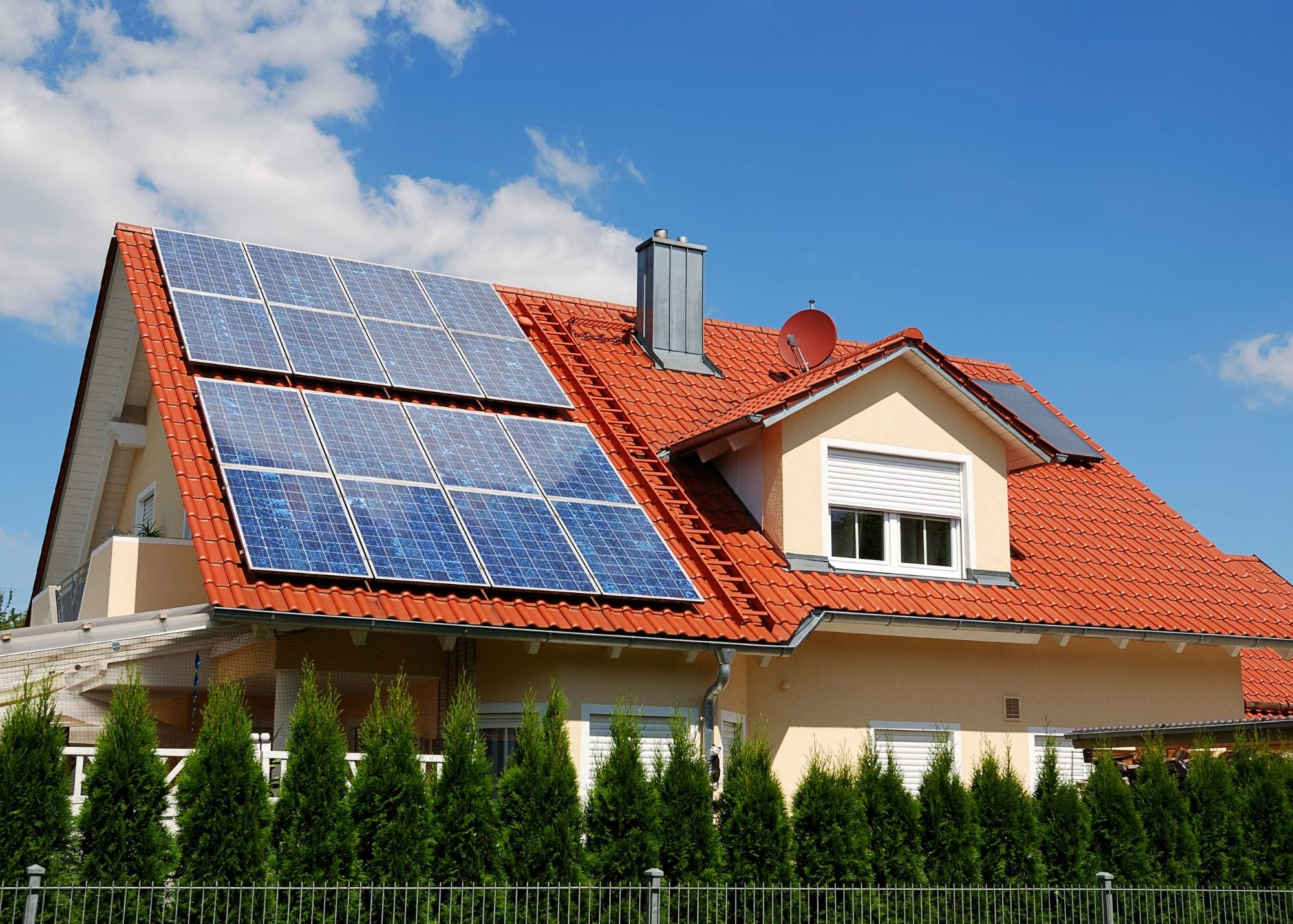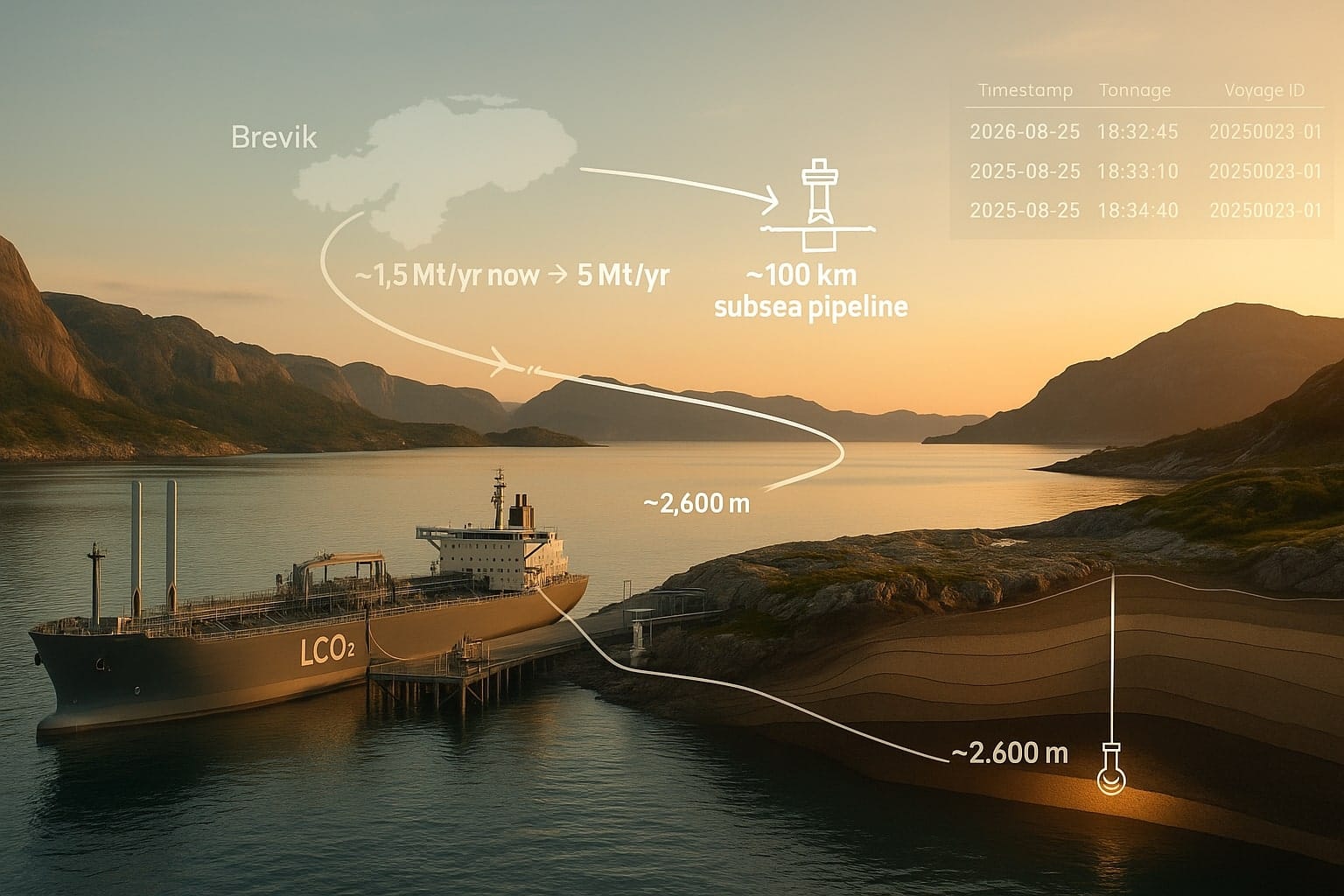Tallinn, Estonia’s capital, is making significant strides in sustainable urban development by transitioning from conventional waste management to a circular economy. This shift aligns with the city’s broader “Tallinn 2035” strategy, emphasizing carbon neutrality, resource efficiency, and climate resilience. As the European Green Capital of 2023, Tallinn is setting an example for cities across Europe by prioritizing sustainability, resource reuse, and waste reduction. The city’s new approach aims to address the challenges of the traditional “take, use, dispose” economic model, focusing instead on a system that retains the value of materials for longer periods while reducing environmental impacts.
Table of Contents
ToggleBackground
The concept of a circular economy aims to minimize waste, maximize resource efficiency, and promote the reuse, repair, and recycling of materials. Unlike traditional waste management systems that emphasize disposal, the circular economy extends the lifespan of products and materials, reducing the need for new resources and cutting down on waste generation. In Tallinn, this model is not only about waste management but also encompasses public procurement, construction, digital services, and community engagement. The transformation is being supported by the OECD and involves collaborations with various stakeholders, including public institutions, private enterprises, and NGOs. The ultimate goal is to reduce indirect CO2 emissions and promote a greener, more sustainable urban environment.
Tallinn’s Circular Economy Plan
Tallinn’s 2022-2026 Waste Plan outlines a comprehensive strategy to create “Circular Economy Centers” across the city, replacing traditional waste facilities. These centers will offer spaces for sorting, reuse, and repair activities, helping residents adopt more sustainable consumption habits. The first center is expected to open in Lilleküla, followed by others in Lasnamäe and Haabersti. Each center will include reuse rooms for leaving potentially reusable items and repair workshops to fix broken products. This initiative aims to enhance resource efficiency, reduce waste, and encourage a shift toward a sustainable urban lifestyle. Despite the progress, challenges remain, such as improving public awareness and developing a more unified regulatory framework to support the transition.

Impacts and Goals
Tallinn’s transition towards a circular economy aims to significantly enhance sustainability and resource efficiency, contributing to the city’s 2035 strategy for carbon neutrality. By promoting waste reduction, reuse, and repair, the city is creating pathways to lower CO2 emissions, reduce landfill dependency, and encourage sustainable consumption. Circular Economy Centers, set up as part of the pilot phase, are central to these efforts, with repair workshops for textiles, furniture, and electronics already operational. Residents are encouraged to participate in free repair services, with ongoing surveys assessing public engagement and satisfaction.
Tallinn’s approach also involves collaborating with NGOs and educational institutions to build a culture of reuse and recycling. The initiative is seen not only as an environmental effort but also as a way to foster innovation, job creation, and community engagement.
Challenges and Solutions
Despite progress, Tallinn faces several challenges in its circular economy transition. Key issues include a lack of clear roles and responsibilities among stakeholders, limited human resources, and insufficient awareness and technical skills. The city also struggles with integrating circular principles into public procurement processes, where cost often outweighs sustainability considerations. A consistent regulatory framework that aligns national and local policies is still needed to support a holistic shift to circular practices.
To overcome these hurdles, Tallinn plans to expand its Circular Economy Department, enhance staff training, and engage experts to conduct in-house workshops. The city also aims to strengthen cooperation with state institutions, improve financial management, and develop a comprehensive Circular Economy Strategy.
Broader Implications
Tallinn’s circular economy efforts are positioned as a model for other cities aiming to adopt sustainable urban practices. As part of international networks like URBACT, Tallinn shares its experiences and learns from other cities, which helps refine its strategy and accelerate implementation. The city’s initiatives align with broader EU goals for a green economy, contributing to shared environmental objectives across Europe. Additionally, the OECD’s involvement highlights the potential for international partnerships to guide sustainable urban transitions. The impacts of Tallinn’s circular shift are expected to extend beyond waste management, influencing policies in public procurement, construction, tourism, and other sectors.
Conclusion
Tallinn’s shift towards a circular economy is a bold step that positions the city as a frontrunner in sustainable urban development. By focusing on reuse, repair, and resource efficiency, the city is not only minimizing waste but also addressing broader environmental goals like carbon neutrality by 2050. The efforts align with Tallinn’s “2035 Development Strategy” and the “Sustainable Energy and Climate Action Plan 2030,” which set ambitious targets for climate action and resource management.
The city’s approach has garnered international attention, particularly from the OECD, which sees Tallinn’s model as a viable blueprint for other cities. The integration of circular practices into public services, procurement, and infrastructure development signals a broader transformation, not just of waste management but of the entire urban ecosystem.












